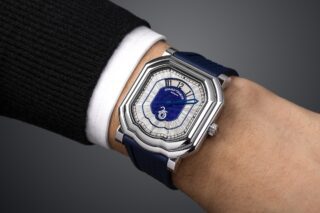This website uses cookies so that we can provide you with the best user experience possible. Cookie information is stored in your browser and performs functions such as recognising you when you return to our website and helping our team to understand which sections of the website you find most interesting and useful.
Bugatti president Stephan Winkelmann tells Tempus how the marque is standing the test of time
By Gareth Herincx | 18 June 2019 | Cars & Yachts
Tempus finds out how luxury car brand Bugatti is celebrating its 110th anniversary
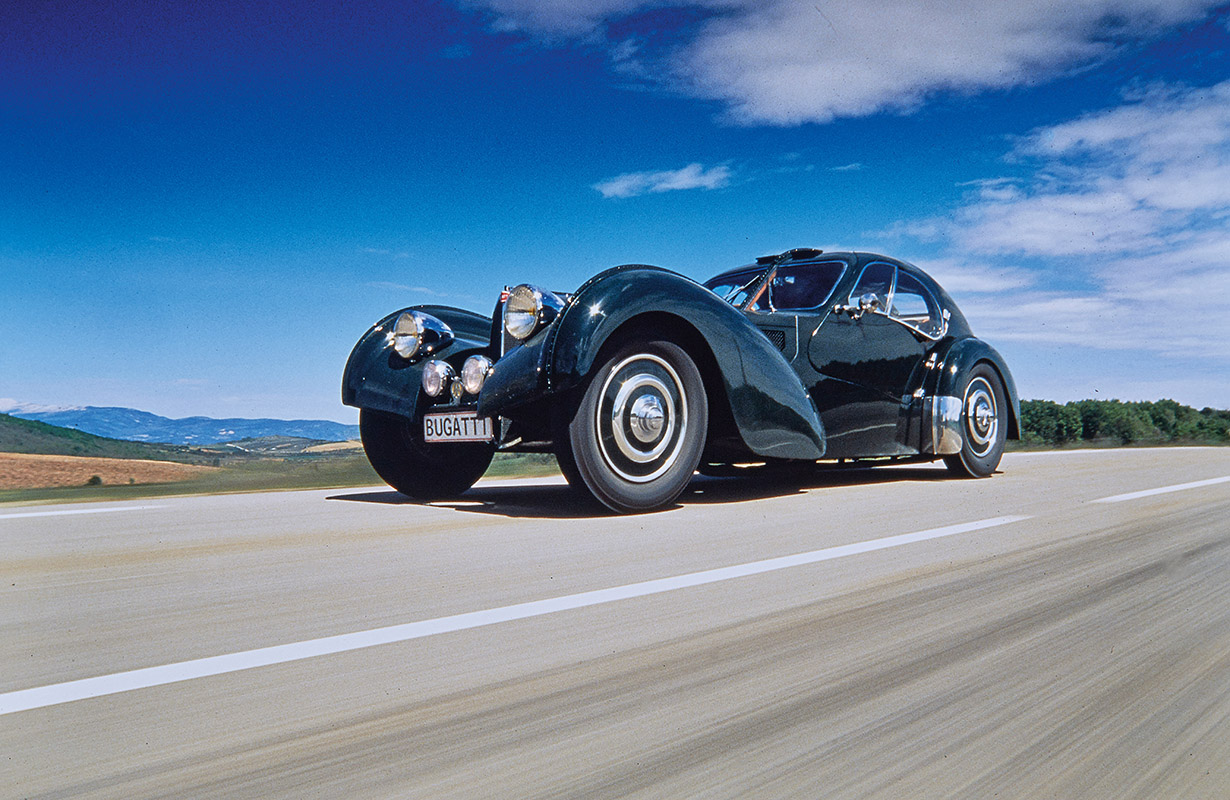
When Ettore Bugatti created his first car in 1909, he could never have imagined that his company would evolve into one of world’s most desirable luxury brands. Bugatti has had its challenges, but since its most recent rebirth in 1998, it has never looked back. Stephan Winkelmann, Bugatti’s president, is convinced he knows why the French car manufacturer has stood the test of time. “All those ups and downs, the glorious times as well as challenging ones, have made us who we are today,” he explains.
“Our long, colourful and proud history is a privilege, but even more I see it as a responsibility. The legacy of Bugatti has to be remembered, yes. However, this is not enough – we have to keep building it, for the generations to come. So that they may see Bugatti with the same awe and pride that we feel today.”
Winkelmann refuses to compare the manufacturer to the world’s other legendary automotive names such as Ferrari, Rolls-Royce and Bentley. “We live by one of Ettore Bugatti’s key credos: ‘If comparable, it is no longer Bugatti’. Bugatti has always, but maybe today in its modern era more than ever, been at the pinnacle of the industry. We, and even more importantly our customers, don’t see Bugatti as the rival of anybody,” he says.
“The question isn’t whether to buy a Bugatti or the car of some other manufacturer. It is whether or not to crown the collection with a Bugatti. Our customers all have at least 30 cars in their private collection, of all different brands. Their Veyron, Chiron, and as of next year Divo, are most often one of their most esteemed cars.”
When Bugatti was resurrected by the Volkswagen Group and production restarted within the grounds of Italian-born Ettore’s family home in Molsheim, France, the launch car was an instant hit. The Veyron was the ultimate supercar and went on to claim the prestigious title of the world’s fastest production car with a speed of 257.87mph (415km/h) achieved in 2010.
Fast-forward to 2019 and the Veyron’s successor, the Chiron (retailing at around $3m or £2.6m), is the company’s new superstar supercar, while its limited-edition track-focused sibling, the $5m (£4.4m) Divo, sold out on its first day of availability. >>
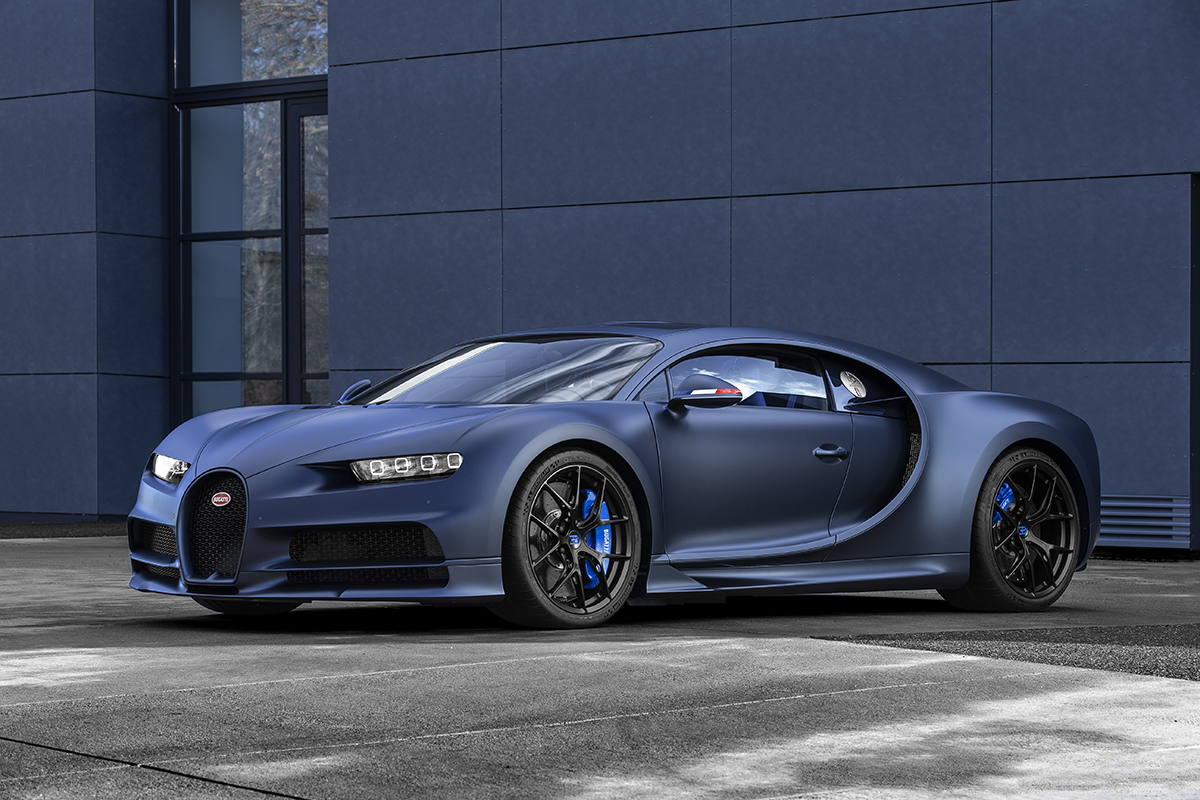
Glittering past
Of course, today’s Bugatti cars are a far cry from the company’s golden age, coinciding with the career of the phenomenal Type 35 which dominated the racing scene from 1927 to 1931. It was also the car that introduced the famous horseshoe-shaped grille that has been a signature of every Bugatti since, and one of the essential elements of the brand.
“We see the modern Bugatti cars as a synthesis of the qualities of historical cars such as the Type 35, to this day the most successful race car in history; the Type 41 Royale, a limousine developed for kings and queens; or the Type 57 SC Atlantic, one of the most iconic car design of all times,” Winkelmann says proudly. “Ultra-high performance, yet easiness to drive; comfort and luxury; elegance and design – this is what Bugatti has stood for in the past and should always stand for.”
However, the company president is in no doubt that the Bugatti Atlantic, also known as Type 57 SC, is the most desirable Bugatti of all. Styled by Ettore Bugatti’s son Jean, one example of this model was sold at auction in 2016 for more than $10m (£8.8m).
“An iconic design as well as its extraordinary history with only four models made and one mysteriously disappearing during World War II, makes this car maybe the most coveted in automotive history,” he says.
And Winkelmann’s favourite model? “My job is to look ahead, to work on the future of the company. My personal favourite is, therefore, always the next car that will come some day in the future,” he says. >>
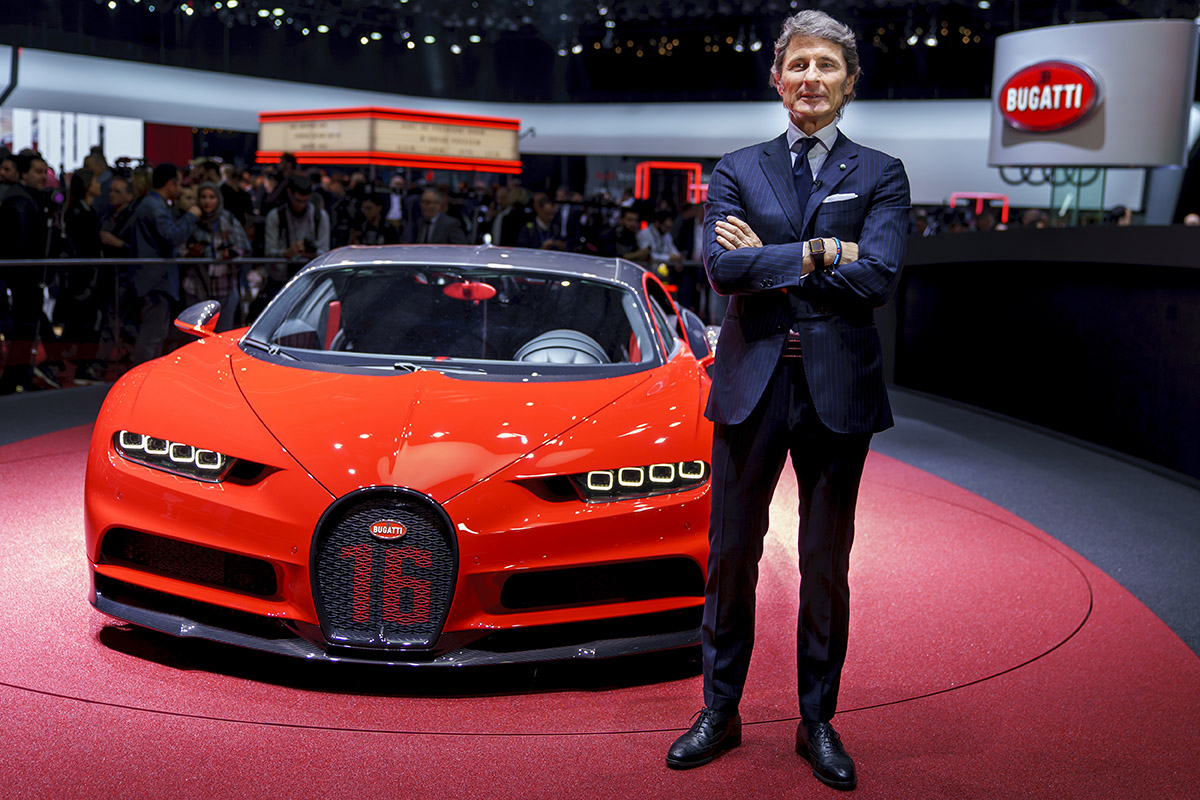
Moving with the times
Bugatti’s mighty 8.0-litre quad-turbo W16 engine has featured in the Veyron, Chiron and Divo, but there’s a question mark over whether it can survive in our eco-friendly times.
“The W16 engine is a unique piece of technology, unrivalled in the automotive world,” Winkelmann says. “We will celebrate its existence as long as possible but, looking at the regulations that car companies have to respect for the future, electrification is without any doubt the future of the whole industry.
“However, it is starting with volume manufacturers offering mobility. Right now, there is no car that can translate the technology for a hyper sports car, but I’m sure this will come in the future.”
When it comes to the future, Winklemann keeps his cards close to his chest. But he doesn’t dismiss the prospect of a luxury saloon, limousine – or even an SUV. “We have great ideas for a Bugatti with a different body type. Such a decision has to be well planned out, though, because of all the implementations that it would have for our organisation,” he says.
“The production facilities alone would have to grow considerably, and this is an important decision and investment. Nothing has been decided yet, but I feel that the whole team and the brand are ready for it, we are ready for more.” >>
Float therapy: Tempus discovers how the luxury Seabourn Odyssey is rebooting the traditional cruise
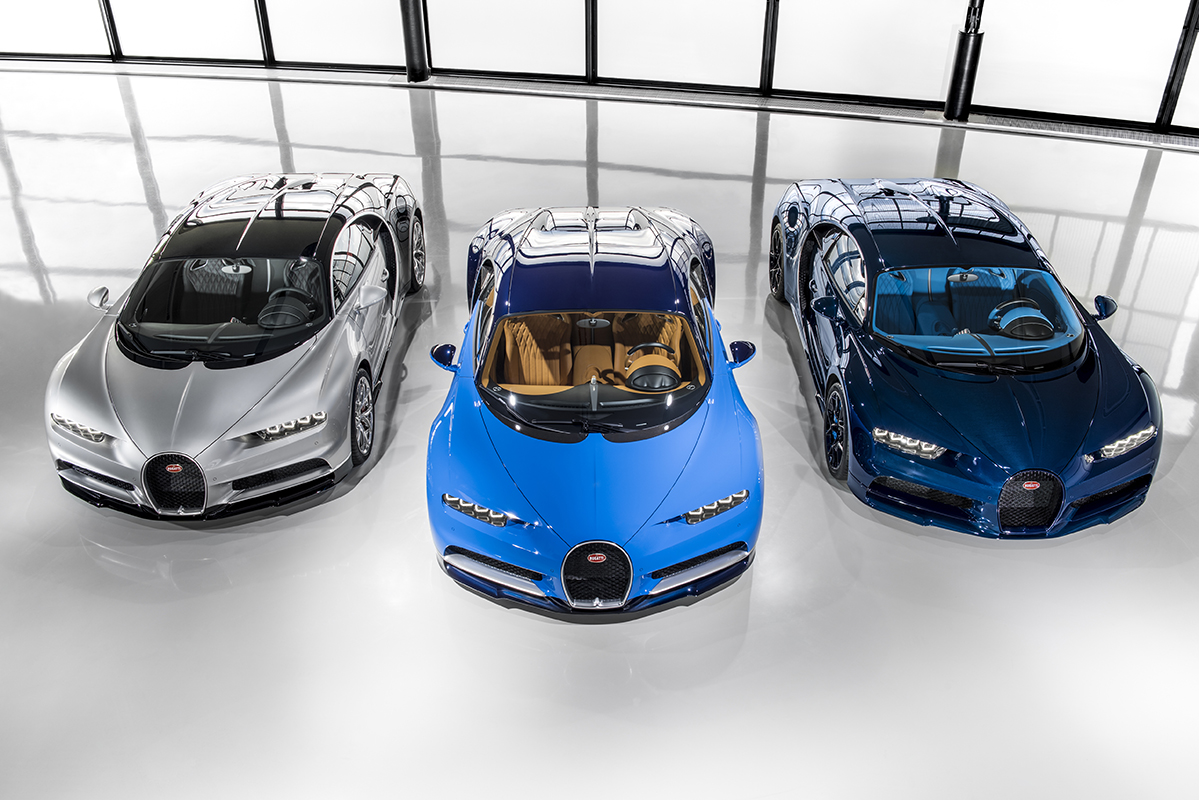
Cruise control
However, he is adamant, despite the continued media speculation, that there may never be an attempt to reclaim the fastest car record with the Chiron.
“As I’ve been saying from the day I started at Bugatti: a world record is not our priority,” says Winklemann. “The Chiron is an incredibly fast car, as was the Veyron. It is a shame that through the amazing performance on a straight line the other outstanding qualities of these hyper sports cars are often pushed into the background in the public perception or even by the media. They offer so much more than just top speed, and performance means so much more than just top speed and acceleration. Therefore, for the Divo we shifted the focus more on lateral than longitudinal acceleration.”
Bugatti is now in rude health with a global sales balance, so while the US is its single biggest market, Europe is the largest region with the UK, Germany and Switzerland leading the way. There’s also a strong presence in in the Middle East, plus South- East Asia and Japan.
“These are just statistics,” adds Winklemann. “What matters most are our customers who can be found all over the world. They are a very diverse group of ultra-high-net-worth individuals. Whereas in the public eye the actors, musicians or sportsmen are most known, the majority of our customers are entrepreneurs in different business sectors.
“When you buy a Bugatti, you become part of the Bugatti family. We have a very close and personal relationship with all of our customers, and they all are very important and dear to us.”
Appropriately, Bugatti celebrated its 110th anniversary with the unveiling of the ‘110 ans Bugatti’ Chiron Sport – billed as a “tribute to France”. Limited to just 20 examples, the vehicle is finished in stunning matt steel blue and its active spoiler sports the French tricolour.
There’s no performance boost for the 1,479bhp hyper car, but then, with a sub-2.4 second 0-62mph time and a top speed of more than 260mph, it’s not really necessary.
Read more exclusive interviews, news and reviews in Tempus Magazine's Speed Edition, out now



